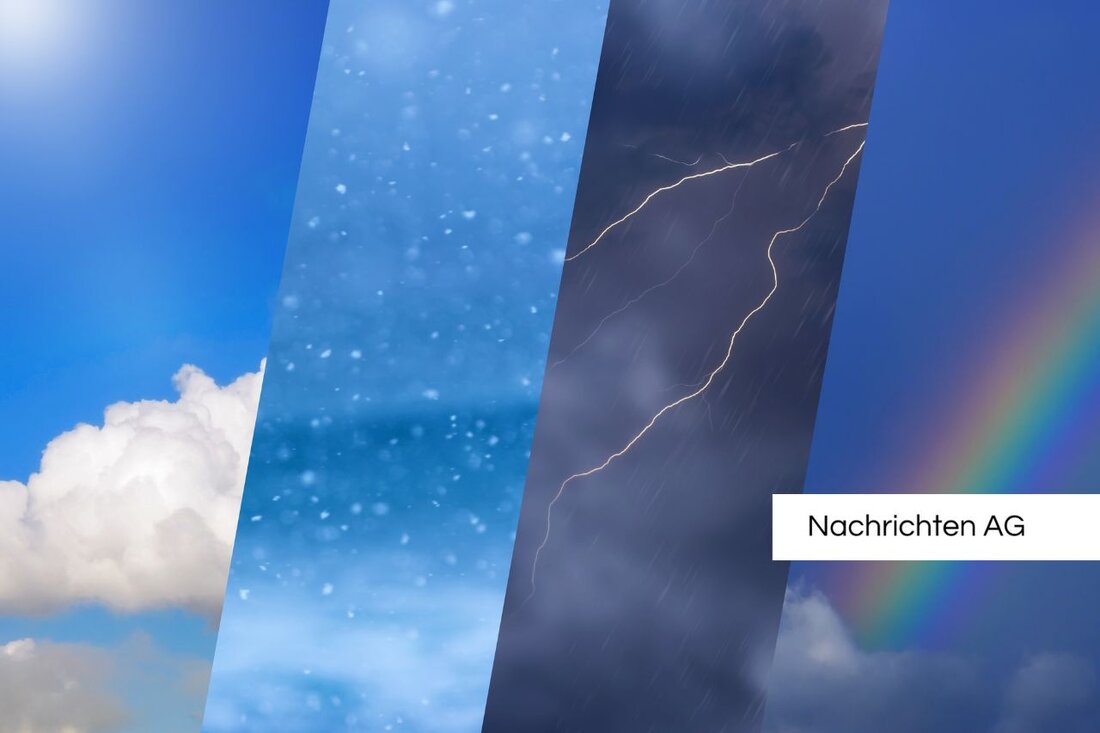Elbtunnel warning: traffic jams and closures are imminent – this is how you escape!
The Elbe Tunnel in Hamburg is a traffic junction with over 120,000 vehicles traveling every day. Current traffic jams, effects of closures and diversions on July 9, 2025.

Elbtunnel warning: traffic jams and closures are imminent – this is how you escape!
Anyone traveling in Hamburg today should keep an eye on the Elbe Tunnel. It is not only a symbolic structure, but also a traffic miracle that carries over 120,000 vehicles every day. A few exciting facts: The tunnel stretches over almost 3,400 meters and consists of four tubes that connect northern and southern Germany. But not everything that glitters is gold, as traffic jams and delays are the order of the day here. Common causes are construction sites, accidents or simply the extremely high traffic load, which of course doesn't allow you to take a quick turn in the tunnel or look for an alternative route - and these are just a few reasons why things get particularly haywire in summer.
The traffic volume is simply raised to a new level in the summer months, and the Elbe Tunnel then becomes a bottleneck for long-distance traffic, commuter traffic and holiday travelers. Interested in knowing when traffic jams occur most frequently? Here are the typical times: in the morning between 6 a.m. and 9 a.m. towards the north, in the afternoon from around 3 p.m. towards the south and of course on Fridays and Saturdays, when many people go on vacation. However, traffic jams can also occur during construction sites and bad weather outside of peak travel times - drivers often only have the option of taking the Elbe ferries or the A1, which is busy.
Planned full closures
Schohn mentions that the Elbe Tunnel and the surrounding highways will soon be heavily frequented, and not just on weekends. Several full closures on the A7 have already been announced for 2025, including the Elbe tunnel. These closures are scheduled for the following dates: September 26th to 29th, October 17th to 20th and November 7th to 10th, each lasting over 55 hours. Why this effort? The reason is the installation of new traffic sign gantries and a software upgrade of the traffic computer in the tunnel, which should significantly improve the traffic situation in the future. The expansion of the A7, which at over 950 kilometers is the longest motorway in Germany, will also bring about certain changes that are intended to relieve the existing traffic situation.
For drivers this means: diversions are a must during these closure times. If you want to go north, you should exit at the Horster triangle onto the A1 and then continue on the A21 and B205 to the Neumünster-Süd junction. Conversely, the same applies to everyone traveling south. The high traffic volume in the Hamburg area - over 130,000 vehicles are counted here every day - makes it clear that inner-city traffic and travelers to Hamburg Airport will also be affected by the closures. By the way, you can reach the airport via the S1 S-Bahn line and various bus lines.
Current traffic situation and traffic jam forecasts
Anyone who has to go on the road on a day like this should definitely find out about the current traffic situation. There is an interactive dashboard that shows the traffic situation on German motorways, including traffic jam information, in real time. This means you can not only get a quick overview of the situation, but also react to unforeseen disruptions. Monitoring ensures that all traffic centers can act immediately if traffic jams threaten or unexpected challenges arise. Autobahn.de describes this very clearly.
Overall, the Elbe Tunnel remains a central point in Hamburg's transport network and will continue to be the route for many travelers in the future. Hats off to the planners and traffic staff who are trying to get the traffic density under control. Whether with new construction sites or modern technologies – the future of the Elbe Tunnel hopefully looks better.

 Suche
Suche
 Mein Konto
Mein Konto